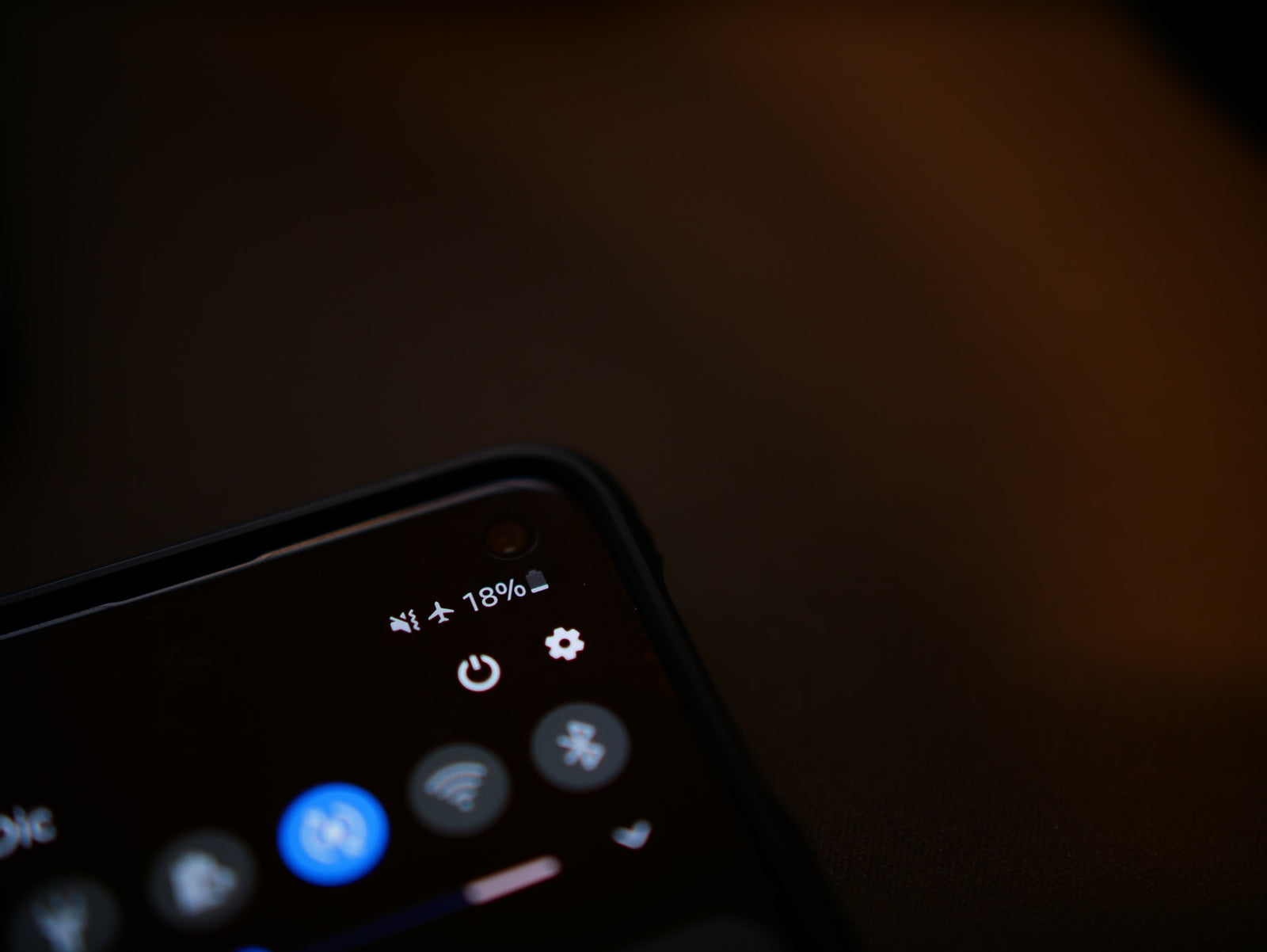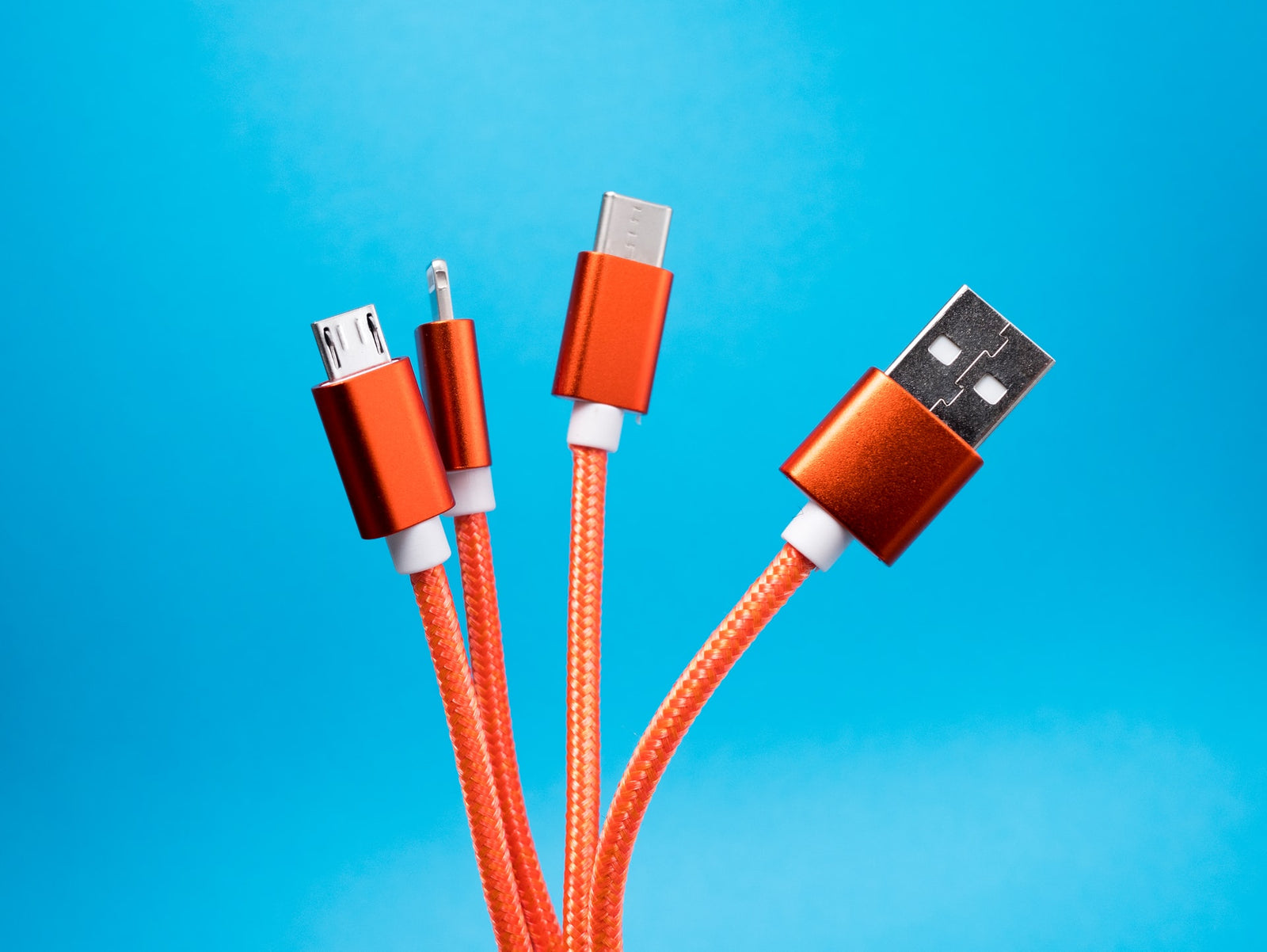
All About Qi
All About Qi
- acquire a desk qi charger
- clutter-free wireless chargers
- in-desk wireless charger
- reliable wireless charger
- 07 June, 2021
- 4 min read
The novelty of using a wireless charger seems to have worn off over these past few years, with new models hitting the market on a monthly basis.
Although they can’t all be expected to meet the same structural and functional standards, many of them are quite decent considering how far the technology has evolved over time.
- 03 June, 2021
- 4 min read
While most tech-oriented online discussions used to revolve around the idea of making connections up until not so long ago, the newest spotlight is on disconnecting from the entanglements of old technologies. In that regard, consider spending a few minutes discussing the many benefits of using a wireless charger in this day and age.
While no manufacturer explicitly states that their wireless charger may lose its charge when faced with peculiar surfaces, it’s definitely something you have to consider.
For instance, your average wireless charger may penetrate most organic surfaces with no issues to speak of, but this all changes when the tabletop is made of metal or thick leather.
- 28 May, 2021
- 2 min read
- 28 May, 2021
- 3 min read
- 27 May, 2021
- 3 min read
- 21 May, 2021
- 3 min read


















